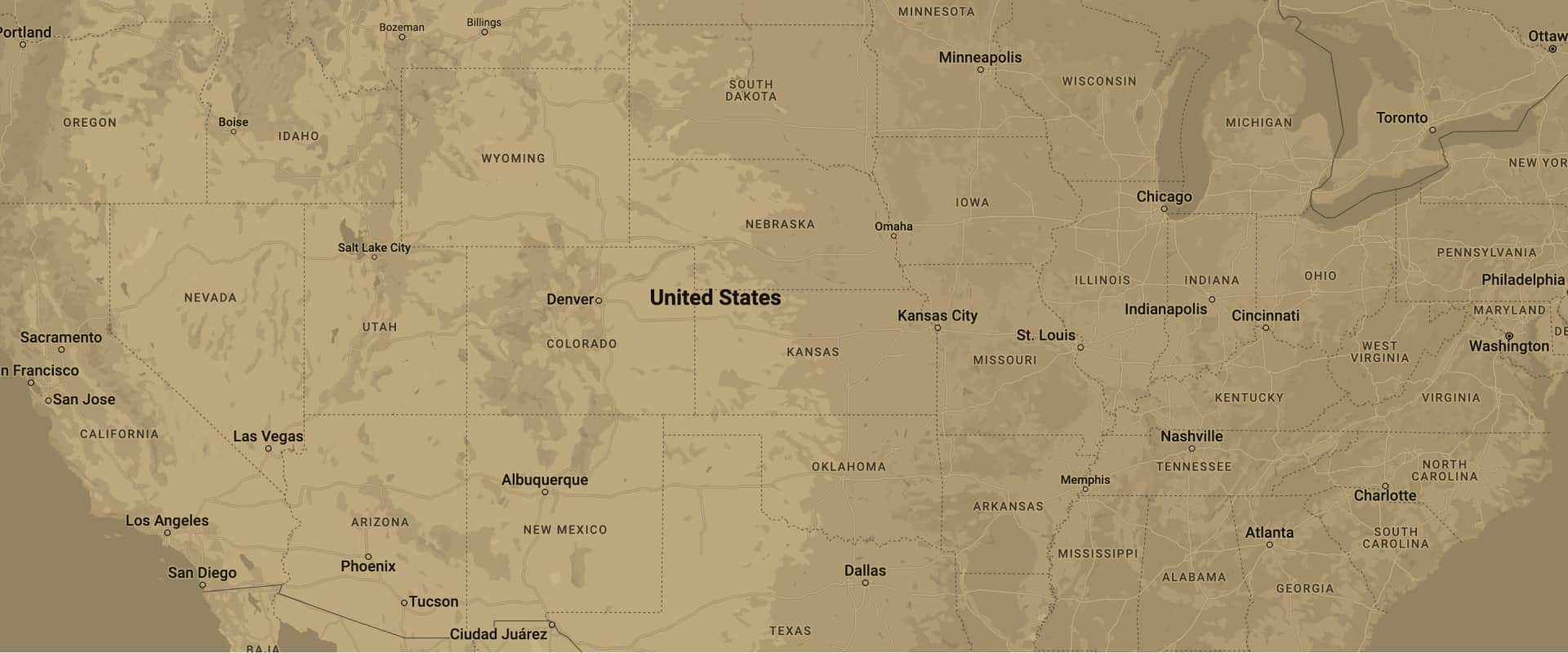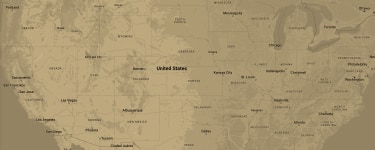
When water leaks in a home, its behavior can be hard to predict. “Roof leaks, for example, are notoriously tricky to trace back to their source,” says Andrew Golkin, President, Paul Davis of Suburban Virginia. “The water could be entering at the northwest corner of the second floor while the water spot appears in the southwest corner of the first floor.”
Why is the source so far from the damp evidence? Because building materials – joists, wallboard, studs, vent piping, electrical wires, insulation – can channel the water across long distances. These materials can also soak up water as it travels or direct water to little used locations such as crawlspaces, where the moisture is more likely to escape notice. If the leak is periodic, occurring only when it rains heavily for example, detective work is even harder because the water may dry between deluges.
The first line of defense to detect leaks of any kind before they cause serious damage, says Golkin, is to become an alert homeowner. “Regularly inspect your home top to bottom for water spots,” Golkin says, noting that many leaks come from inside sources like plumbing or appliances. “Eventually, most leaks show themselves somewhere visible. Catching leaks early helps you to start repairs sooner and minimize damage.”
If you find a spot, evaluate it carefully with these approaches:
- Know your house: Older homes may have historic water spots from leaks that have been fixed. When you first move into an older home, scan the entire house to identify these spots – or better yet, ask your home inspector to record these prior to purchase. They’re often esthetic rather than structural concerns but it’s easy to become confused without a record.
- Touch the spot: A newer spot will be wet – having likely occurred within hours or a few days – but your drywall or ceiling will still be firm and structurally sound. An older spot – occurring repeatedly over longer periods of time – will be mushy since the material has absorbed a fair amount of water.
- Consider its looks: If the spot is all one color, it is likely to be a new water spot. Older spots usually display several radiating rings around the spot (just like a tree, the more rings you count, the older the spot.) If the rings are varying shades, that could indicate that the area has been soaked and dried repeatedly.
- Examine the materials: Some building materials like thick paint, wallpaper and tile are less porous and often trap water behind them. If a spot appears atop your wallpaper, for instance, the paper’s thickness and glue could be hiding more substantial damage underneath.
- Sniff: If you smell mold or a funky odor, it’s likely the spot has been there for several days – long enough for mold spores to colonize and begin degrading the building materials.
“Found a spot that you’re unsure about? We promise to respond within four hours of your call,” concludes Golkin. “We’re experts at finding and fixing water damage.”











